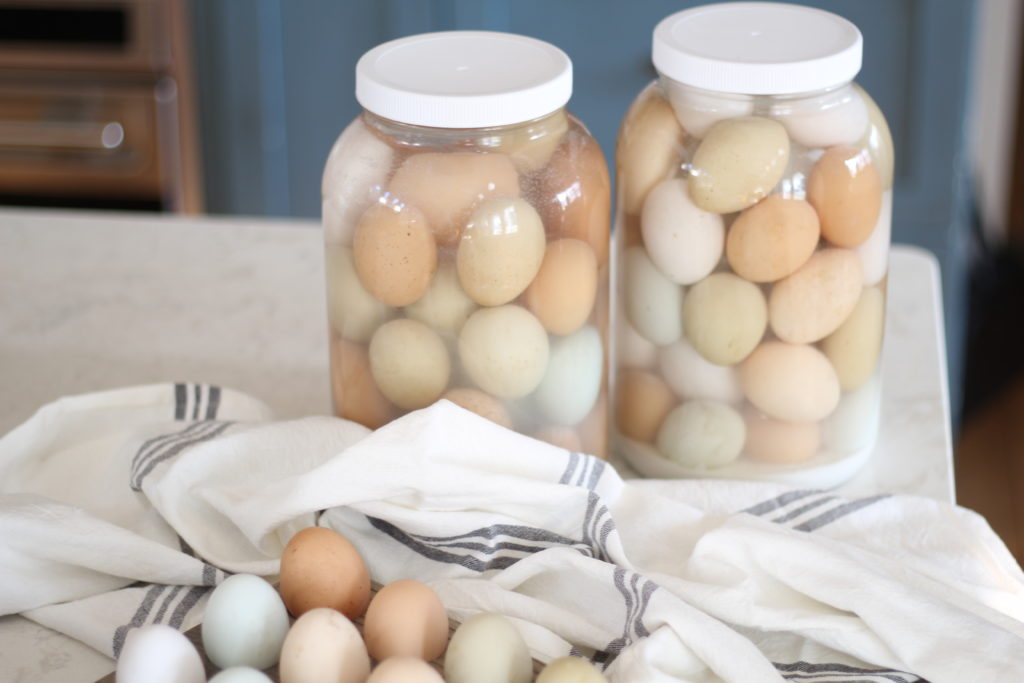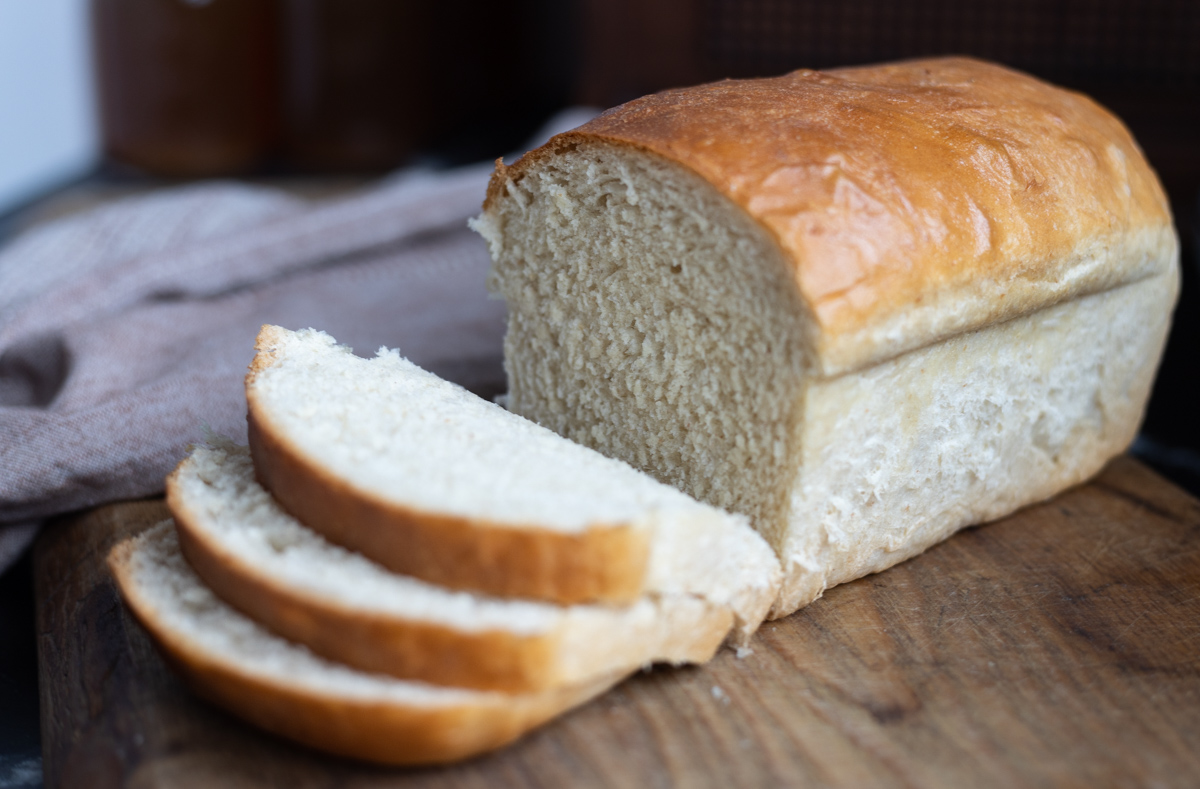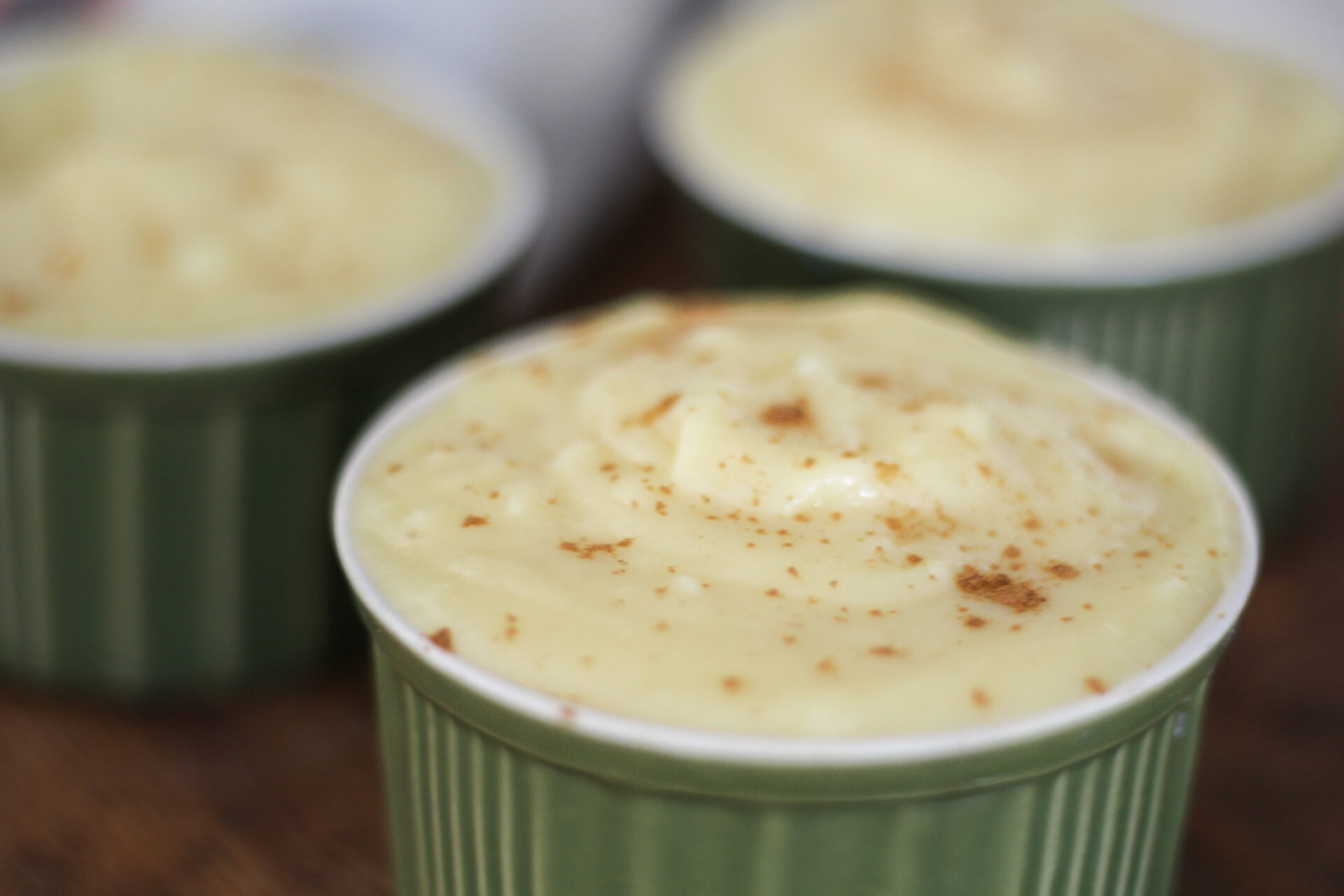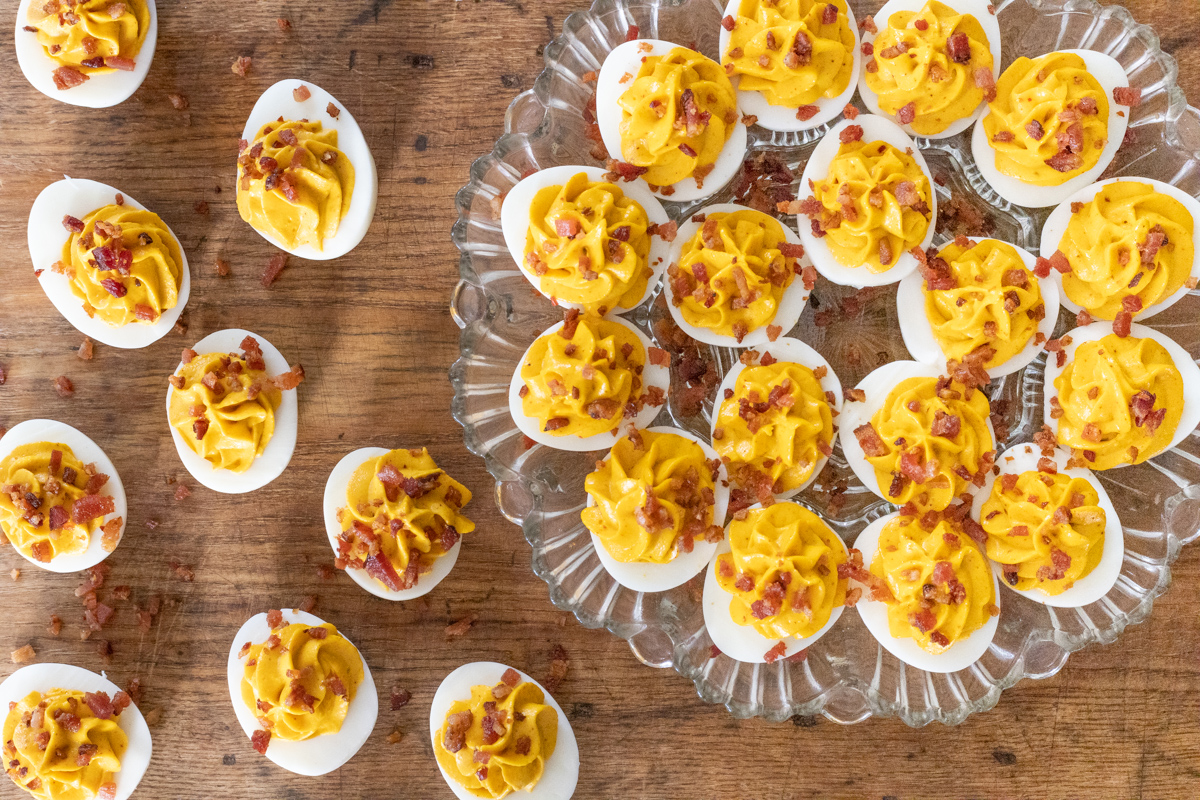Dual Purpose Chickens for Homesteaders
Raising a flock of dual purpose chickens for meat AND eggs is practical and sustainable for homesteaders working toward self-sustainability.
We’ve been raising chickens for 5 years now and have raised a variety of layers as well as “meat birds.” I’ve learned a lot over the years and have settled on a plan for raising poultry that looks a bit different than most homesteaders today.
If you’re reading this post, then you’re probably well aware of the problems with factory farming and our complex, global food supply chain. The goal for us as homesteaders is localization – taking back control of our food supply chain. That doesn’t always mean we have to or should produce everything ourselves, though.
There’s so much value in specialization and community – my husband’s grandmother used to have over 600 chickens on this farm and sold eggs to many of the locals. That was her specialty – they knew their local farmer. I don’t have plans of selling eggs any time soon. But I also don’t have plans to be totally self-sustainable in every area of life. We outsource plenty.
However, when it comes to things we consume so regularly like eggs and chicken – it’s more practical and economical to raise what we need right here at home. The question is: how to go about doing that?
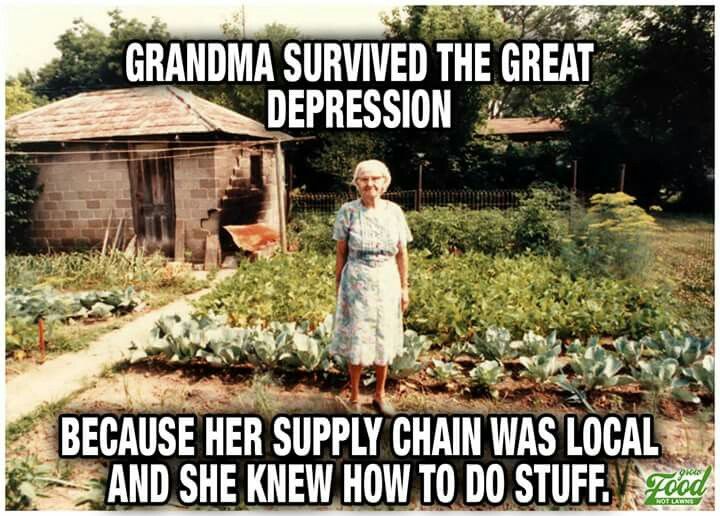
How to Raise Dual Purpose Chickens for Eggs & Meat
There are a couple of options here: Raise 2 separate flocks – a laying flock & a flock for meat – most commonly Cornish Cross or Freedom Rangers. Or, raise one flock of dual-purpose birds for meat and eggs. Most homesteaders choose the first option, but we’ve settled on the second. Let’s discuss.

OPTION #1: Raise 2 Separate Flocks
There are pros and cons with this option. The biggest pro, IMO, is only having to dedicate a short potion of the year to raising meat birds and then 1 or 2 days to processing. So, after just a couple of months of work – you’ve got a freezer full of chicken for the year. That’s not too bad!
The cons are that meat birds often need a lot of supplemental feed, bulk processing can be quite a chore, and if you want to process enough meat to last an entire year, you’ll need a lot of freezer space.
Cornish cross mature very quickly (6-8 weeks) with a processed yield of 5-6lbs. They can be grown out a bit longer for a higher yield – but they require a lot of feed. They can be “pastured” using chicken tractors, fencing, or a rotational system, which cuts down on feed requirements and is healthier than raising on dirt or concrete. But they will require a lot of feed no matter what. Some Cornish Cross breeds grow so large so quickly that they aren’t able to hold their weight and have trouble walking.
Freedom rangers mature more quickly than heritage breeds, but are more suitable for free ranging than Cornish cross, as the name implies. The mature to 5-6lb processed weight in 9-12 weeks. We raised about 20 Freedom rangers a few years ago and I processed them myself the old-fashioned way – with no special equipment. I slaughtered, plucked, and butchered by hand. It was a great learning experience!

OPTION #2: Raise 1 Flock of Dual Purpose Chickens
This is the option we have settled on after 5 years of raising chickens and trying a few different approaches. This first reason we’ve chosen this option is that we have plenty of space for a very large flock to be truly free ranged with little to no supplemental feed. This farm is 185 acres and the chickens have the run of the place. How do we keep them off our porches and out of our house area? We do! But that’s a post for another day!
Anyway, there are chickens everywhere on this farm. At any given time we have 30-50 bird and a couple of roosters. When we don’t have broody hens, I keep my incubator full and hatch birds off and on from spring to fall to keep our flock in good rotation.
Since our chickens are free ranged, it doesn’t make sense to raise 2 flocks and try to keep them in separate spaces.
Reason #2 is that my husband doesn’t want our freezer space dominated by chicken. We’ve got 2 huge freezers but they need to be able to hold our beef and pork, too. Putting 50 chickens in the freezers just wouldn’t work for us. And my husband has forbidden me from canning meat lol. He is very particular about our meat. He doesn’t mind me butchering my own chickens, he just doesn’t want to make a big production of it.
So, raising a flock of dual purpose chickens allows me to have an abundance of hens that are excellent egg layers, and plenty of young roosters that I can also pick off here and there to butcher and cook up for my family. Let’s discuss good dual purpose breeds. But first, a note on butchering chickens…

Processing Chicken the Old Fashioned Way
I know, I know – you’re probably thinking it sounds like a pain to butcher a chicken every time you want to have chicken for dinner. But friends, this is the way great grandma would have done it, and it actually doesn’t take as long as you may think.
The very first time I ever butchered a chicken, it took me 30 minutes start to finish. I watched a YouTube tutorial and just did it. If you’re careful and take your time until you feel confident, you won’t mess up. It really just isn’t that difficult. Once I got the hang of it, I could have one processed and ready to roast in 15-20 minutes. That isn’t bad at all! And when you don’t have an entire freezer to dedicate to birds, it’ll sure do.
I processed my chickens in my kitchen, and I’m not sure I’d recommend that. There’s a smell to it. Moving forward, I’ll probably work out on the porch and throw the scraps to the dog as I go.

Best Dual Purpose Chickens
- Rhode Island Red – a dark red heritage breed, large, light brown egg layers reaching 6-8lbs.
- Barred Rock – black and white heritage breed, large, light brown egg layers reaching 7-9lbs.
- Orpington – various colors, large, light brown egg layers reaching 8-10lbs. Very docile and likely to go broody.
- Black Star – hybrid breed (RIR x Barred Rock) very prolific brown egg layer reaching 8-10lbs.
This list isn’t comprehensive, it’s just my top picks. My strategy for keeping a self-sustaining flock of dual purpose chickens for meat and eggs is to keep a few heritage, dual purpose breeds that will make hardy dual purpose crosses and give me a colorful, plentiful egg basket, too.
I currently have a Rhode Island Red (RIR) rooster with great genetics and a wonderful disposition, as well as a particular young Black Star (hybrid) rooster coming up that’s looking to be a keeper. Both of these roosters keep my eggs fertile with good, dual purpose chicks.
I also have some colorful egg layers that make a good barnyard mix when crossed with my RIR rooster. Olive eggers (green eggs), Ameracauna (blue eggs), and Wellsummer (dark brown, speckled eggs) are a few of my favorites.

How many chickens do I need?
The age old question!
I have a blog post talking about choosing breeds for a colorful basket where I cover this a bit. But in short, just calculate about how many eggs you use in a week, how many whole chickens you eat in a week, and then multiply by 52. This will tell you how much you need your flock to produce in a year. If you’re choosing heritage and cross breeds that produce 250-300 eggs a year, just do the math and plan accordingly.
You’ll either need to buy chicks every year to replenish your flock or raise for meat – or, you’ll need an incubator to hatch fertile eggs in case you don’t have hens going broody. There are a lot of factors to consider. I just keep my incubator full spring to fall, because I’d rather have an abundance of birds, eggs, and meat than not enough. And if you find yourself with too many chickens, then you can sell chicks, started pullets, or butcher roosters and sell the meat!
Keep in mind that chickens often slow down or stop laying eggs in the colder months due to shorter daytime hours. So, what may seem like an overabundance of eggs in the spring and summer will come in handy in the winter! I water glass extra eggs for so we have enough year round.
I’ll be sure to update this post if I have any insight to add after we do this for a couple of years!
